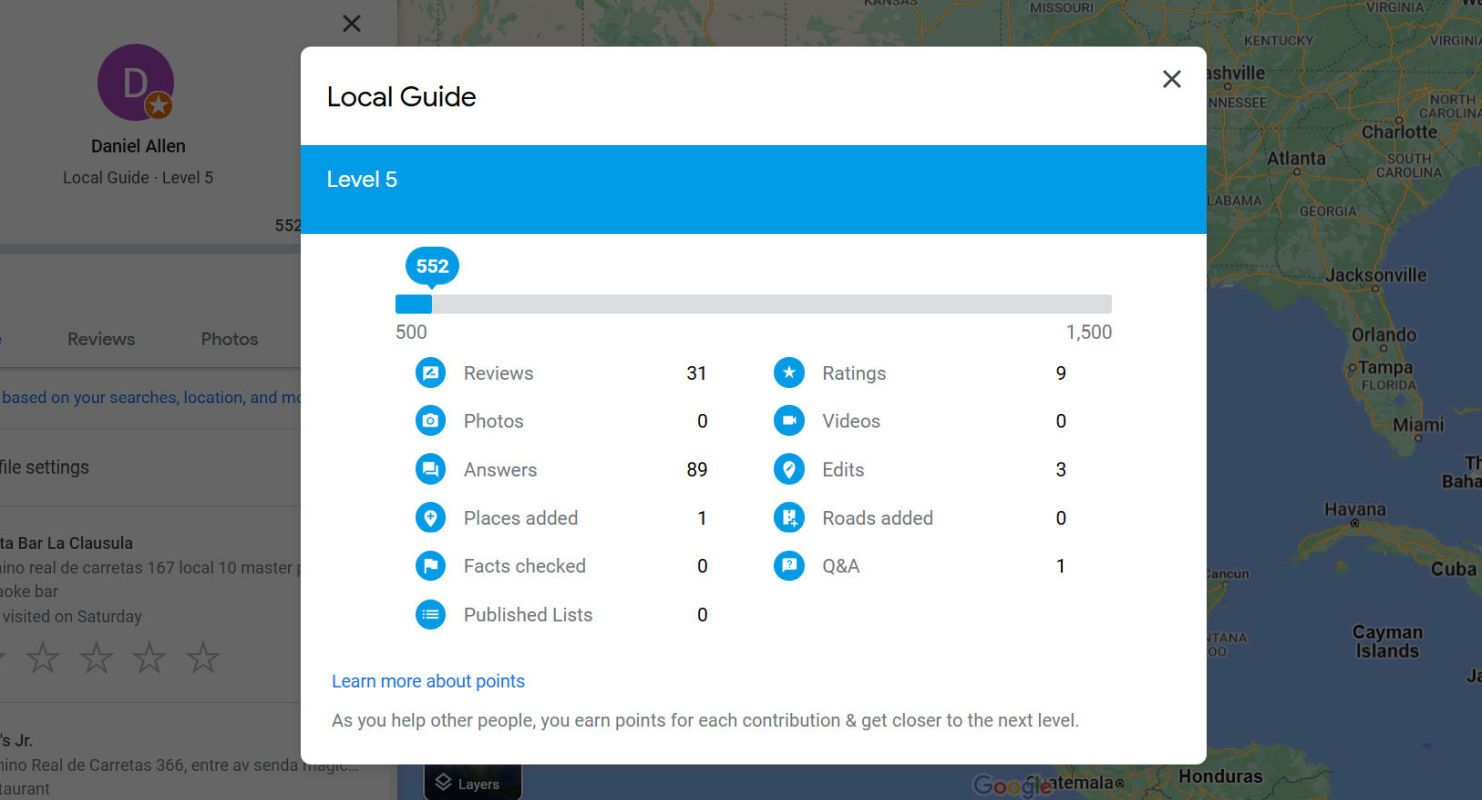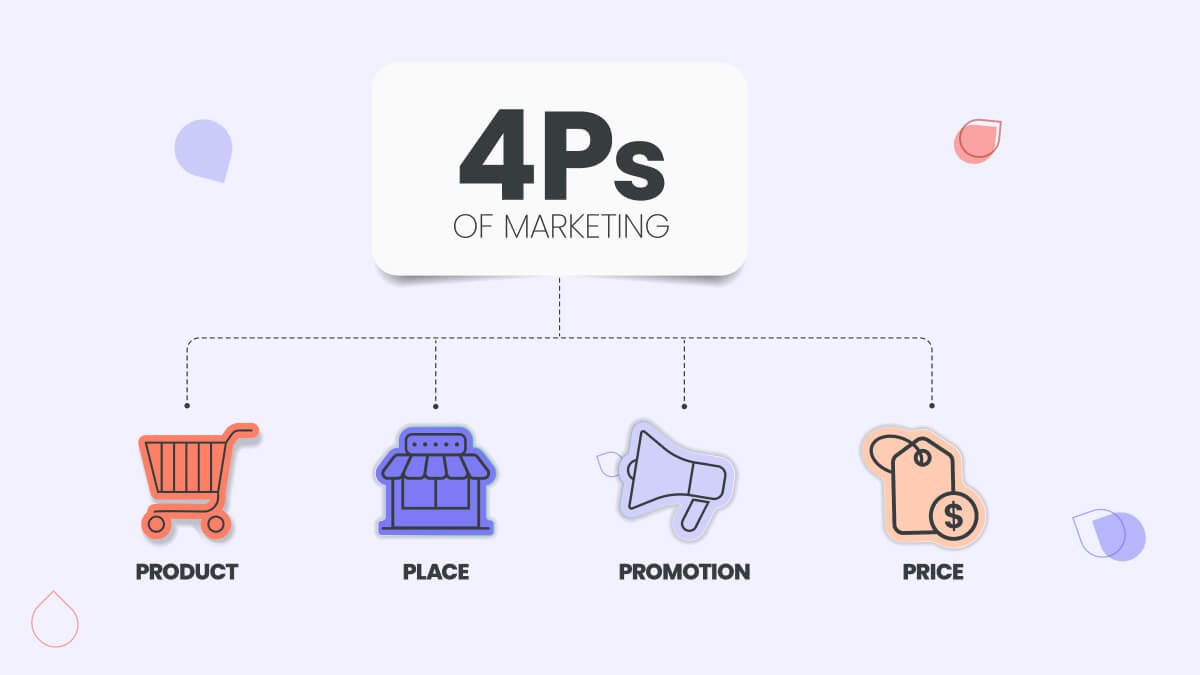
Published: Sep 24, 2024
10 Secrets to Optimizing Google My Business for Startups in 2024
by: None
10 Secrets to Optimizing Google My Business for Startups in 2024
I’ve been around the block a time or two when it comes to getting startups found online… and let me tell you, there’s no better way to get your biz in front of local eyeballs than optimizing the heck out of your Google My Business listing! It’s like putting a giant flashing neon sign on your virtual storefront. So buckle up, my fellow entrepreneurs, as I spill the tea on mastering GMB optimization in 2024.
TLDR: What's the #1 thing startups need to know to optimize their Google My Business listing in 2024?
1️⃣ What information is most important to include in a Google My Business listing for a startup?
The most critical info for your GMB listing is accurate business name, address, phone number, website URL, and business hours. But don’t stop there! Beef up your listing with a compelling business description, eye-catching photos, and your latest offers or events. The more robust your profile, the more likely you’ll rank in local searches.
2️⃣ How can a startup encourage customers to leave Google reviews?
Reviews are the lifeblood of local SEO! Startups should make it stupid-easy for happy customers to drop a review. Include a direct link to your Google review page in follow-up emails, on receipts, and across your social media. Heck, offer an incentive like a discount or freebie for writing a review - just make sure it’s legit and not sketchy!
3️⃣ What’s the best way for a startup to keep their Google My Business listing active and engaging?
Don’t let your GMB listing gather virtual dust! Post regular updates, like announcing new products, sharing customer stories, or highlighting team members. Upload fresh photos and videos every week. And for the love of rankings, respond to all reviews and Q&A inquiries ASAP. An active listing = an attractive listing to Google’s algorithm.
Table of Contents
- Claim and Verify Your Google My Business Listing
- Nail Your Business Name, Address, and Phone Number (NAP)
- Craft a Click-Worthy Business Description
- Upload High-Quality Photos and Videos
- Monitor and Answer Questions & Answers
- Add Primary and Secondary Product/Service Categories
- Encourage and Respond to Customer Reviews
- Set Up and Optimize Appointment Booking
- Leverage Subjective Attributes to Stand Out
- Post GMB Updates, Offers, and Events Regularly
Claim and Verify Your Google My Business Listing
Alright, let’s kick things off with the absolute must-do for any startup looking to dominate local search: claiming and verifying your Google My Business (GMB) listing. This is your digital real estate on Google, folks. It’s free prime property, so don’t let it sit vacant!
Step 1: Create Your Google My Business Account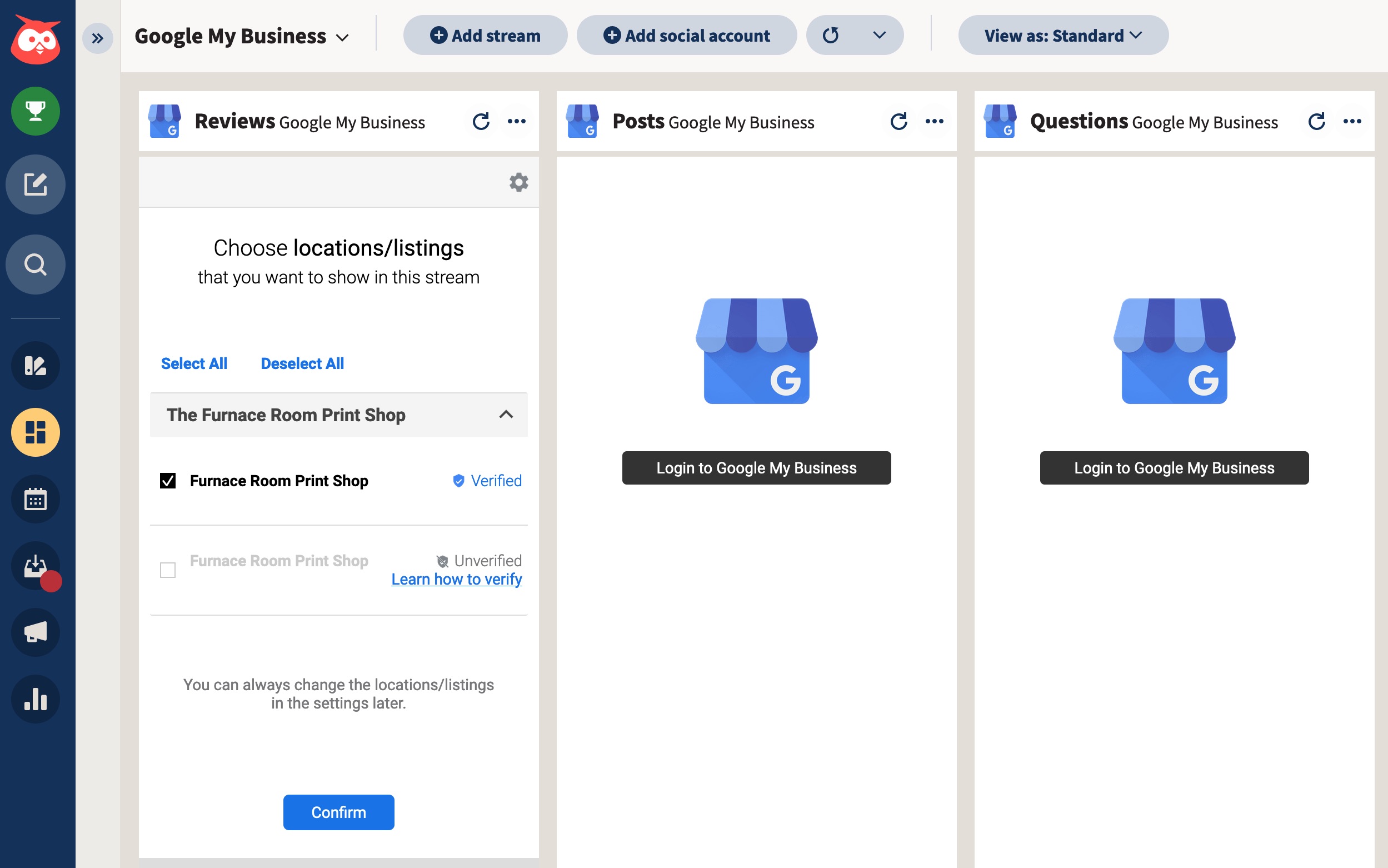
- Head to Google.com/business and click “Manage now”
- Sign in with your Google account (or create one if you haven’t already)
- Enter your business name and address
Step 2: Choose Your Business Category
- Pick a primary category that best describes what you do
- Don’t stress too much - you can add more categories later
Step 3: Add Contact Info
- Phone number
- Website URL
- Business hours
Step 4: Verify Your Business
Google needs to know you’re legit. They offer a few ways to do this:
-
- Google sends a postcard with a verification code to your business address
- Usually takes 5-7 days
- Enter the code in your GMB dashboard
Phone Verification:
- Available for some businesses
- Get an automated call with a verification code
- Super quick - takes just a few minutes
Email Verification:
- Less common, but hey, you might get lucky
- Check your inbox for a verification email from Google
Instant Verification:
- If you’ve already verified your business website with Google Search Console, you might be eligible
Pro Tips for a Smooth Verification Process
- Double-check your business address - typos will delay everything
- If you work from home, you can hide your address from the public
- For service area businesses, set up your service area during the claiming process
- Can’t get the postcard? There’s a “Request a new code” option in your GMB dashboard
After Verification: Optimization Time!
Once you’re verified, it’s time to beef up that listing:
- Add a killer business description
- Upload high-quality photos
- Set up Google Posts to share updates
Remember, claiming and verifying your GMB listing is just the first step. It’s like getting the keys to your storefront - now you’ve gotta make it shine! Stay tuned for more tips on turning your GMB listing into a customer-attracting machine.
Nail Your Business Name, Address, and Phone Number (NAP)
Getting your NAP details right is crucial for local SEO success. It’s not just about filling in the blanks - it’s about consistency and accuracy across the web. Let’s break it down:
Business Name
- Use your exact legal business name
- Don’t add location keywords unless they’re part of your official name
- Consistency is key - match how it appears on your website and other listings
Address
- Include your full street address
- Use the exact format Google prefers: 123 Main St, Suite 456, Anytown, ST 12345
- For home-based businesses, you can hide your address but still verify it with Google
Phone Number
- Use your local area code when possible
- Format it consistently: (555) 123-4567
- Consider adding a call tracking number to measure GMB performance
Pro Tips for NAP Optimization
-
- Follow these to the letter to avoid penalties
-
- Use tools like this to check NAP consistency across the web
-
- Add this to your website to help Google understand your NAP info
Mobile Optimization
- Ensure your NAP is easily readable on mobile devices
Track Changes
- If you move or change numbers, update everywhere ASAP
Remember, your NAP is like your business’s digital fingerprint. Keep it consistent, accurate, and up-to-date across all platforms. It’s not the most exciting part of GMB optimization, but nail this, and you’ve laid a solid foundation for local search success.
Craft a Click-Worthy Business Description
Your Google Business Profile description is prime real estate to showcase what makes your startup unique. Here’s how to make it pop:
Nail the First 250 Characters
- Front-load key info - this snippet shows up in search results
- Include your main offerings and target audience
- Example: “Innovative eco-friendly cleaning service for busy Seattle professionals. Non-toxic products, flexible scheduling, and 100% satisfaction guarantee.”
Highlight Your Unique Selling Proposition (USP)
- What sets you apart from competitors?
- Use specific details, not vague claims
- Bad: “We’re the best cleaning service in Seattle!”
- Good: “Only cleaning service in Seattle using 100% organic, locally-sourced products”
Incorporate Keywords Naturally
- Include terms potential customers use to find businesses like yours
- Don’t keyword stuff - keep it readable
- Example keywords: “green cleaning”, “eco-friendly housekeeping”, “organic maid service”
Call-to-Action (CTA)
- End with a clear next step for customers
- Examples:
- “Book your first clean online and get 20% off!”
- “Call now for a free in-home estimate”
Formatting Tips
- Use short paragraphs (2-3 sentences max)
- Bullet points for easy scanning
- No ALL CAPS or excessive punctuation!!!
What to Avoid
- Don’t repeat info from other profile sections
- Skip promotional language like “best in town”
- Leave out URLs - Google may remove them
Example: Seattle Green Clean
Seattle's premier eco-friendly cleaning service for busy professionals. We use 100% organic, locally-sourced products and flexible scheduling to fit your life.
Our team of certified green cleaning experts specializes in:
• Deep cleaning for homes and apartments
• Office and commercial space sanitization
• Move-in/move-out services
Founded by Seattle natives passionate about protecting Puget Sound. Every clean supports local environmental non-profits.
Book online for 20% off your first service!Remember, your description should evolve. Update it regularly with seasonal offerings, new services, or community involvement to keep it fresh and relevant.
Upload High-Quality Photos and Videos
Visual content is king when it comes to optimizing your Google Business Profile. High-quality photos and videos can make your listing pop, attract more clicks, and give potential customers a real feel for your business. Let’s dive into how to make the most of this feature:
Why Visual Content Matters
- Listings with photos get 35% more clicks
- Businesses with 100+ photos get 520% more calls than average
- 60% of consumers say local search results with good images capture their attention
Photo Guidelines
- Use high-resolution images (at least 720px wide, 250KB to 5MB file size)
- Natural lighting works best
- Avoid heavy filters or text overlays
- No stock photos - keep it authentic!
Must-Have Photo Types
-
- Clear, high-res version of your logo
- Will appear as your profile image in search results
-
- Choose an image that best represents your brand
- Will be prominently displayed on your profile
-
- Show your storefront, including signage
- Capture different angles and times of day
-
- Highlight your space’s best features
- Show off unique decor or atmosphere
-
- Clear, well-lit shots of your top products
- Include close-ups of unique features
-
- Showcase your staff in action
- Humanize your brand with friendly faces
-
- Give customers a peek at your process
- Show your team at work or prepping for events
Video Best Practices
- Keep videos short (30-90 seconds)
- Use landscape orientation
- Include captions for accessibility
- Showcase your products, services, or team in action
Optimization Tips
-
- Adds location data to your images
- Helps Google associate your photos with your business location
Use Descriptive File Names
- Instead of “IMG_12345.jpg”, use “seattle-green-clean-team.jpg”
- Helps Google understand what’s in the image
Add Alt Text
- Describe your images for accessibility
- Another opportunity to use relevant keywords
Update Regularly
- Add new photos at least monthly
- Keeps your profile fresh and engaging
Photo Ideas by Business Type
-
- Menu items, specialty dishes, dining areas
- Happy customers, chefs in action
-
- Product displays, new arrivals
- Seasonal decorations, sales events
-
- Before and after shots
- Team members with clients (with permission)
Remember, the goal is to give potential customers a genuine, appealing glimpse into your business. Regular updates with high-quality visuals can significantly boost your profile’s performance and attract more local customers.
Monitor and Answer Questions & Answers
The Q&A section of your Google Business Profile is a goldmine for engaging potential customers and boosting your local SEO. Here’s how to make the most of it:
Why Q&A Matters
- Provides instant info to curious customers
- Improves your profile’s content relevance
- Opportunity to showcase expertise
Set Up Q&A Alerts
- Use the Google My Business app for instant notifications
- Check your email for Q&A alerts
- Set a daily reminder to review new questions
Seed Your Own FAQs
- Create a list of common customer questions
- Post and answer them yourself (it’s allowed!)
- Use keywords naturally in Q&As
Example Q&As for a Coffee Shop:
Q: Do you offer non-dairy milk options? A: Yes! We have almond, oat, and soy milk available at no extra charge.
Q: Is your coffee fair trade? A: Absolutely. All our beans are fair trade and organic certified.
Q: Do you have gluten-free pastries? A: We sure do! Our gluten-free blueberry muffins are a customer favorite.
Respond Quickly and Professionally
- Aim to answer within 24 hours
- Thank the person for their question
- Provide clear, concise answers
Handle Negative Questions Gracefully
- Stay calm and professional
- Address concerns directly
- Offer to take the conversation offline if needed
Optimize for Keywords
- Include relevant search terms naturally
- Example: “Our cold brew coffee is steeped for 12 hours”
Encourage Customer Participation
- Ask loyal customers to contribute questions
- Respond to and upvote helpful community answers
Monitor for Accuracy
- Check answers from other users
- Politely correct any misinformation
- Flag inappropriate content to Google
Use Q&As for Market Research
- Pay attention to frequently asked questions
- Use insights to improve your business offerings
Seasonal Q&A Updates
- Add questions about holiday hours
- Highlight seasonal products or services
Remember, an active Q&A section shows Google and potential customers that you’re engaged and responsive. It’s a powerful tool for building trust and improving your local search visibility. Keep it updated, accurate, and focused on providing value to your audience.
Add Primary and Secondary Product/Service Categories
Choosing the right categories for your Google Business Profile is crucial for getting found by potential customers. Let’s dive into how to select and optimize your primary and secondary categories:
Why Categories Matter
- Help Google understand what your business does
- Improve visibility in relevant searches
- Unlock category-specific features
Selecting Your Primary Category
- Choose the category that best describes your core business
- Be as specific as possible
- Examples:
- “Coffee Shop” instead of just “Restaurant”
- “Mortgage Broker” rather than “Financial Service”
Adding Secondary Categories
- Use these to highlight additional services
- Limit to 9 total categories (including primary)
- Don’t add categories for products you sell
Category Selection Tips
Google My Business Category List
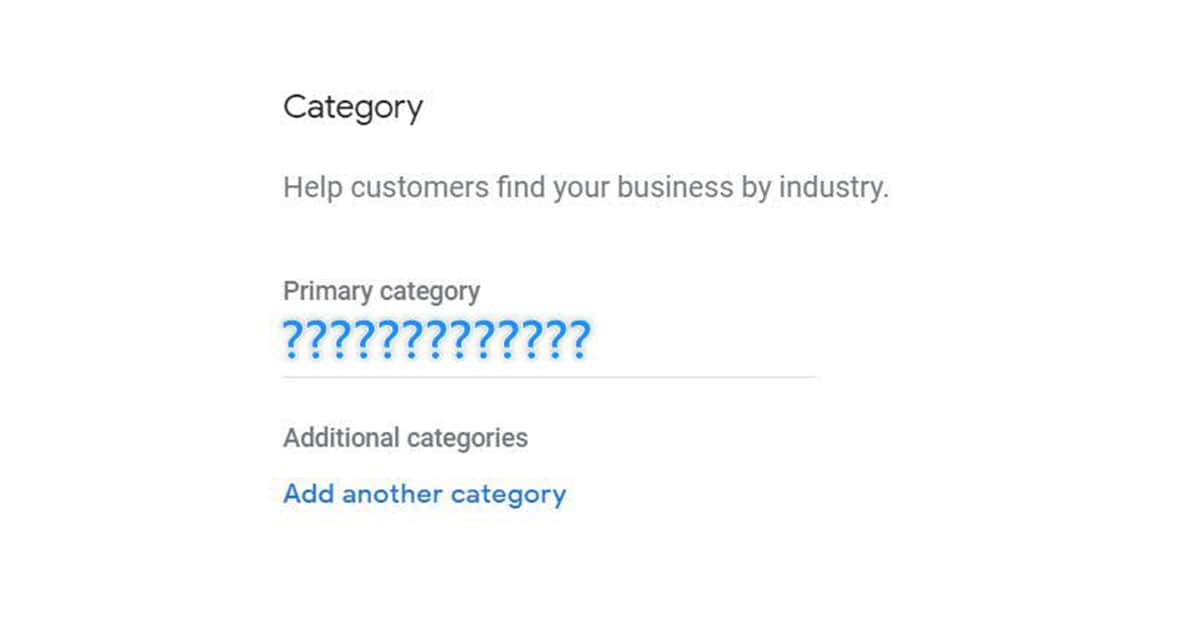
- Use this tool to browse all available categories
Competitor Research
- Check what categories similar businesses use
Local Intent Keywords
- Think about how customers search for your services
Regular Reviews
- Update categories as your business evolves
Examples by Business Type
-
- Primary: Yoga Studio
- Secondary: Pilates Studio, Meditation Center
-
- Primary: Food Truck
- Secondary: Mexican Restaurant, Catering Service
-
- Primary: Auto Repair Shop
- Secondary: Tire Shop, Auto Body Shop
Common Category Mistakes
- Using too broad a category
- Adding categories for products, not services
- Neglecting to update as your business changes
Optimizing for Local SEO
- Ensure your website content aligns with chosen categories
- Use category keywords naturally in your business description
- Create Google Posts related to your secondary categories
Remember, your categories tell Google and potential customers exactly what you do. Choose wisely, and you’ll improve your chances of showing up in the right searches and attracting your ideal customers.
Encourage and Respond to Customer Reviews
Customer reviews can make or break your local SEO efforts. They’re not just social proof; they’re a key ranking factor for Google. Let’s dive into how to get more reviews and handle them like a pro:
Why Reviews Matter
- 93% of consumers say online reviews impact their purchasing decisions
- Businesses with 4.5-star ratings appear in 28% more Google searches
- Reviews account for about 15% of Google’s local ranking factors
Getting More Reviews
-
- Create a short URL for easy sharing
- Add it to receipts, emails, and business cards
Timing is Everything
- Ask for reviews when customers are happiest
- Example: Right after a successful project completion
Train Your Team
- Teach employees to request reviews at the right moment
- Role-play scenarios to build confidence
-
- Set up automated follow-up emails
- Include your review link with a friendly request
Incentives (Be Careful!)
- Offer small perks for honest reviews
- Never pay for positive reviews - it’s against Google’s policies
Responding to Reviews
Positive Reviews
- Respond within 24 hours if possible
- Thank the reviewer personally
- Highlight something specific they mentioned
Example:
Thanks so much, Sarah! We're thrilled you loved our gluten-free pancakes.
Can't wait to see you again for brunch soon!Negative Reviews
- Stay calm and professional
- Apologize and take responsibility
- Offer to make things right
- Take the conversation offline when appropriate
Example:
Hi John, we're sorry to hear about your experience. That's not the level of
service we aim for. Could you please email us at manager@ourdiner.com so we
can make this right? We value your feedback and want to ensure a better
experience next time.Leveraging Reviews for SEO
-
- Naturally include relevant keywords in your replies
- Example: “We’re glad you enjoyed our organic cold brew coffee!”
Encourage Detailed Reviews
- Ask customers to mention specific products or services
- More content = more SEO juice
-
- Use common praise or concerns from reviews to seed your Q&A section
Update Your Business Profile
- Use review insights to improve your product/service listings
Handling Fake Reviews
Identify Suspicious Activity
- Look for generic names, no profile photo, or vague content
Flag to Google
- Use the “Flag as inappropriate” option
- Provide evidence if possible
Respond Professionally
- “We have no record of your visit. Please contact us directly to resolve any issues.”
Remember, a steady stream of authentic, recent reviews signals to Google that your business is active and valued by customers. Make review management a core part of your GMB optimization strategy, and you’ll see the impact on your local search rankings.
Set Up and Optimize Appointment Booking
Adding an appointment booking feature to your Google Business Profile can be a game-changer for service-based startups. It removes friction from the customer journey and can significantly boost conversions. Here’s how to set it up and make the most of it:
Enabling Appointment Booking
Google’s Reserve with Google Program
- Check if your business category is eligible
- Connect with a supported scheduling partner
Third-Party Booking Providers
- Popular options:
GMB API Integration
- For tech-savvy startups, build a custom solution
- Requires developer resources
Optimizing Your Booking Flow
Clear Call-to-Action (CTA)
- Use action-oriented text: “Book Now” or “Schedule Appointment”
- Make the button prominent and eye-catching
Streamlined Process
- Minimize required fields
- Offer guest checkout option
Mobile Optimization
- Ensure smooth booking on smartphones
- Test on various devices and browsers
-
- Show up-to-date time slots
- Sync with your actual calendar to avoid double-bookings
Booking-Specific GMB Features
-
- List and describe bookable services
- Include pricing information
Staff Profiles
- Add team member bios and specialties
- Allow booking with specific staff members
Special Offers
- Promote discounts for online bookings
- Example: “10% off your first online booking”
Tracking and Analytics
UTM Parameters
- Add tracking to your booking links
- Example:
?utm_source=gmb&utm_medium=appointment&utm_campaign=spring2024
Google Analytics Integration
- Set up goal tracking for completed bookings
- Monitor conversion rates from GMB traffic
Booking Insights
- Review data on popular time slots
- Track no-show rates
Best Practices
Response Time
- Confirm bookings within minutes
- Send automated confirmation emails
Reminders
- Set up SMS or email reminders
- Reduce no-shows with 24-hour and 1-hour alerts
Feedback Loop
- Follow up after appointments
- Request reviews from satisfied customers
Cancellation Policy
- Clearly communicate your policy
- Offer easy rescheduling options
Industry-Specific Tips
-
- Allow booking by stylist and service type
- Offer add-on services during booking
-
- Enable class bookings
- Show real-time class capacity
-
- Integrate HIPAA-compliant forms
- Offer telehealth booking options
Remember, the goal is to make booking an appointment as frictionless as possible. Regularly test your booking flow and gather customer feedback to continually improve the experience. A smooth, efficient booking process can give you a significant edge over competitors who are still relying on phone calls and manual scheduling.
Leverage Subjective Attributes to Stand Out
Subjective attributes are powerful tools that can help your business stand out in local search results. They give potential customers quick insights into what makes your business unique. Here’s how to leverage them effectively:
What Are Subjective Attributes?
- Customer-reported characteristics of your business
- Appear as tags on your Business Profile
- Examples: “Cozy atmosphere”, “Great for kids”, “LGBTQ+ friendly”
Why They Matter
- Influence 76% of consumer decisions
- Help you stand out in the Local Pack
- Improve click-through rates from search results
How to Influence Subjective Attributes
-
- Encourage loyal customers to answer questions about your business
- Create a QR code linking directly to your Maps listing
-
- Highlight attributes in your regular updates
- Example: “Our cozy patio is perfect for summer evenings!”
Review Responses
- Reinforce positive attributes mentioned in reviews
- “Thanks for noticing our kid-friendly atmosphere!”
Popular Subjective Attributes by Industry
-
- “Great for groups”
- “Romantic atmosphere”
- “Vegetarian options”
-
- “Trendy”
- “Good for browsing”
- “Knowledgeable staff”
-
- “Quick service”
- “Attention to detail”
- “Affordable”
Leveraging Attributes in Your Marketing
Website Content
- Create pages or blog posts around your top attributes
- Example: “5 Reasons We’re Seattle’s Most Kid-Friendly Cafe”
Social Media Campaigns
- Run contests highlighting specific attributes
- “Share your coziest moment at our bookstore!”
Email Marketing
- Segment lists based on customer preferences aligned with attributes
- Send targeted promotions: “Love our quick service? Try our new express option!”
Monitoring and Improving Attributes
Google Business Profile Insights

- Regularly check which attributes are trending
- Identify areas for improvement
Customer Surveys
- Ask patrons what they love most about your business
- Use feedback to enhance your offerings
Competitor Analysis
- See what attributes similar businesses in your area have
- Find ways to differentiate yourself
Remember, subjective attributes are like word-of-mouth recommendations baked right into your Google Business Profile. By actively cultivating positive attributes, you’re giving potential customers more reasons to choose your business over competitors. Keep your finger on the pulse of what customers value most, and you’ll see your local search performance improve.
Post GMB Updates, Offers, and Events Regularly
Keeping your Google Business Profile fresh with regular posts is like having a free billboard in the digital town square. It’s a no-brainer way to boost engagement and keep your startup top-of-mind for local customers. Here’s how to crush it:
Types of GMB Posts
-
- Share company news, blog articles, or general updates
- Example: “We just hired a new pastry chef! Come try her famous croissants.”
-
- Promote sales, discounts, or special deals
- Include a clear call-to-action (CTA) button
-
- Highlight upcoming workshops, classes, or special occasions
- Add date, time, and any registration info
-
- Showcase new or popular items
- Include pricing and a “Buy” or “Learn More” CTA
Posting Best Practices
- Frequency: Aim for 1-2 posts per week
- Timing: Schedule posts for high-traffic times (use GMB Insights to find your peak hours)
- Visuals: Always include eye-catching images or videos (750x750 pixels works best)
- Text: Keep it brief - 150-300 characters max
- Keywords: Naturally include relevant search terms
- Calls-to-Action: Every post should have a clear next step for customers
Ideas for Engaging GMB Posts
Behind-the-Scenes Content
- Show your team in action
- Tease upcoming products or services
Customer Spotlights
- Feature satisfied clients (with permission)
- Share user-generated content
-
- Tie offers to holidays or local events
- Example: “Beat the summer heat with 20% off our cold brew coffee!”
-
- Share quick, valuable advice related to your industry
- Establishes authority and provides value
Community Involvement
- Highlight local partnerships or charity work
- Shows your startup’s commitment to the area
Measuring Post Performance
-
- Track views, clicks, and customer actions
- Identify which types of posts resonate most
UTM Tracking
- Add UTM parameters to post links
- Monitor traffic and conversions in Google Analytics
A/B Testing
- Try different visuals, CTAs, or post types
- Refine your strategy based on what works best
Post Ideas by Business Type
-
- New menu items
- Chef’s specials
- Happy hour deals
-
- Flash sales
- New product arrivals
- Styling tips
-
- Limited-time discounts
- Customer testimonials
- Before/after project showcases
Remember, your GMB posts are like mini-ads that show up right when people are searching for businesses like yours. Keep ‘em coming, keep ‘em relevant, and watch your local visibility soar. And hey, don’t forget to have some fun with it – your personality is what makes your startup stand out!


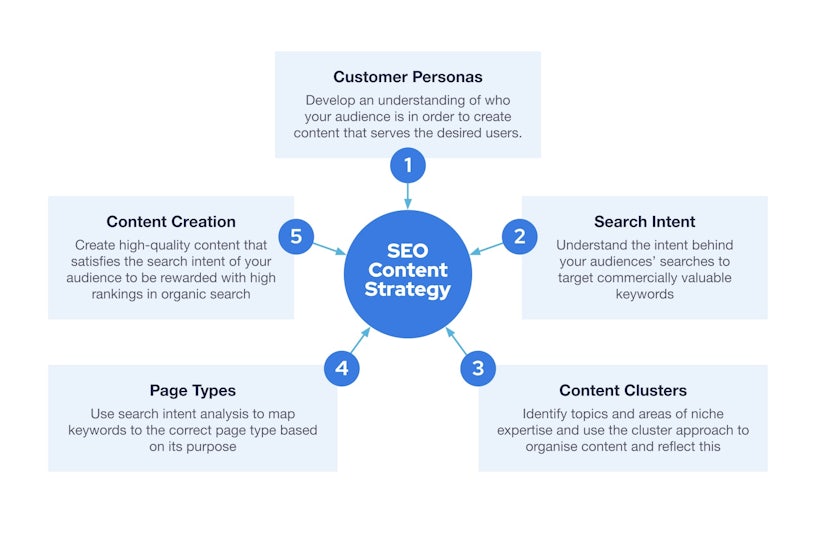







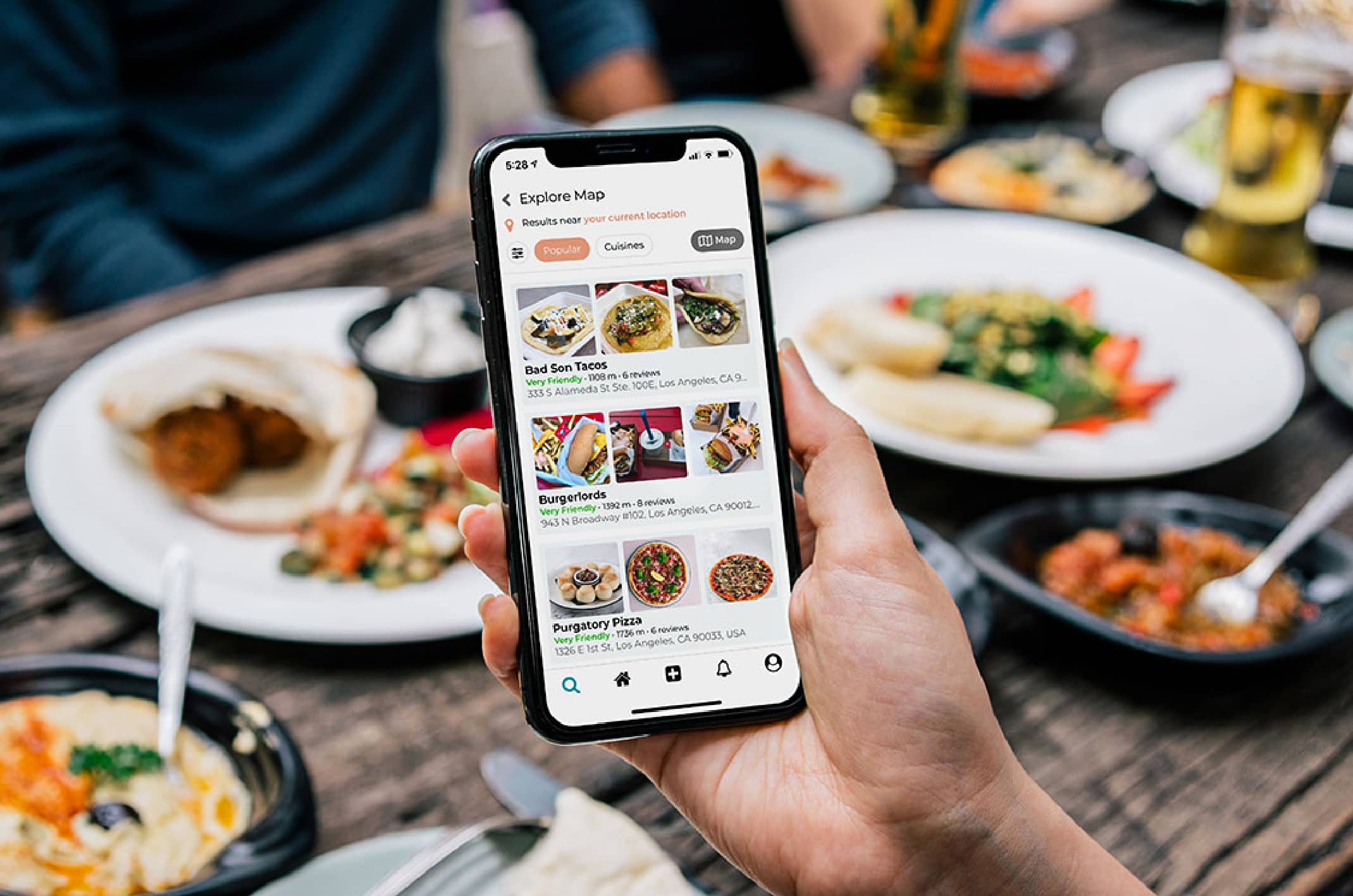





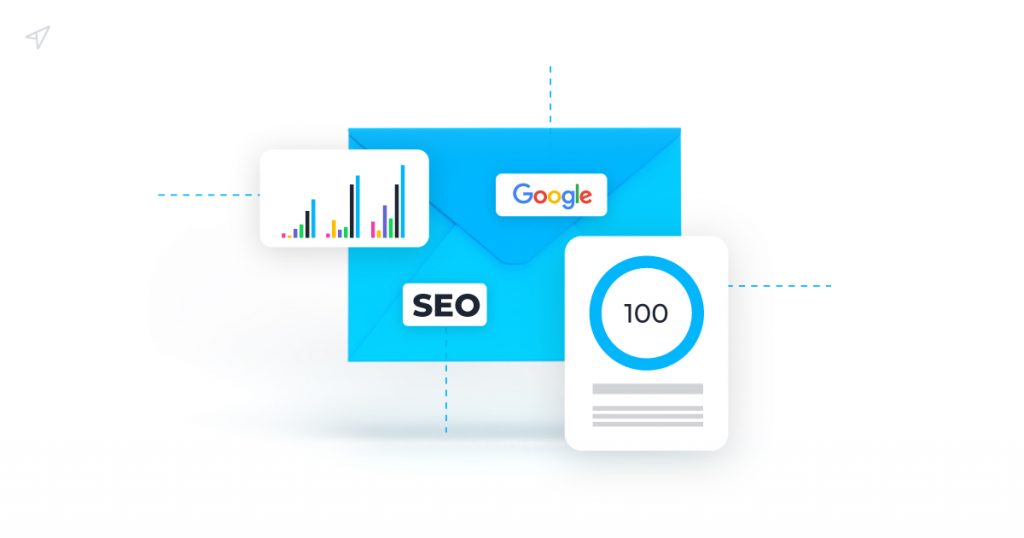

/cdn.vox-cdn.com/uploads/chorus_asset/file/12797935/google_nexus_q_hero__1020_gallery_post.1419970431.jpg)






